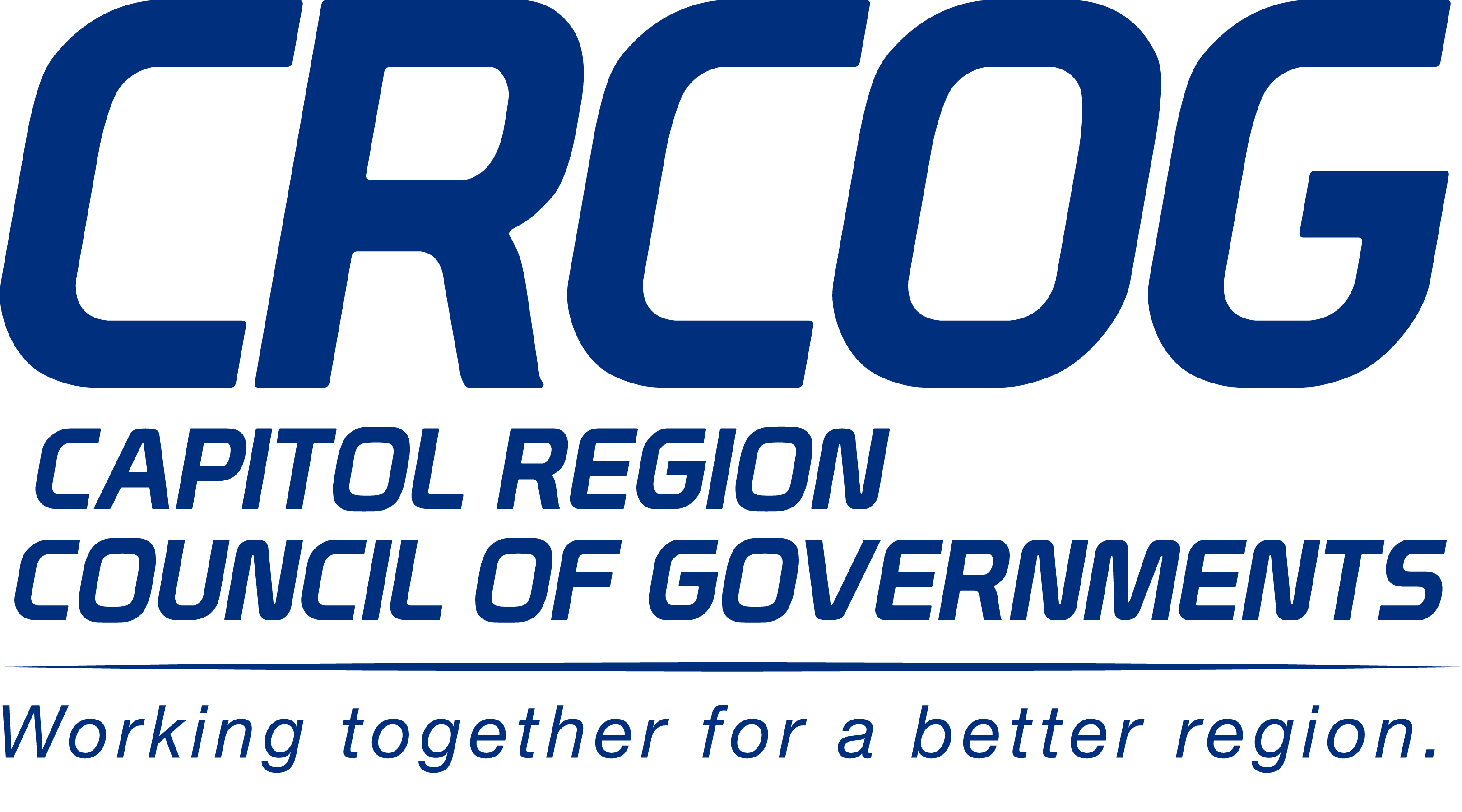Still have questions? We’ve tried to answer a few of them below. If you’re still not finding what you need, email us at info@crcog.org.
What should I do if I'm unable to take the necessary precautions to prepare for a disaster?
Ask for preparedness support from your personal support network of family, friends, neighbors, employer preparedness assistance programs, local emergency management offices, and your local fire department. Your local chapter of the American Red Cross and the Connecticut Voluntary Organizations Active in Disasters (CTVOAD) are also good sources of preparedness information and assistance.
Visit the Prepare page of this website.
If a disaster is imminent and I haven't taken steps to prepare in advance, what should I do?
Ensure that you and your family have enough food and water to support yourselves for three full days and that you have at least half a tank of gas in your car. Make last-minute preparations to your home and property, such as bringing in or securing furniture and equipment that may become projectiles, moving valuable equipment to higher floors if flooding is likely, and securing windows and doors if high winds are likely. Pay particular attention to the “During” and “After” sections of the Hazard Prep Checklists , as there are still steps you can take during and after a disaster to better protect yourself, your loved ones, and your property.
If I'm out of town when a disaster strikes, what should I do?
Your best option is to prepare your home and your possessions before you travel. This includes bringing in or securing any outdoor furniture or equipment, elevating appliances in your basement, turning off your main water valve, winterizing your home, clearing your gutters and downspouts, trimming trees and shrubs, and other mitigation options described throughout this website. Arrange to have a friend, relative, or neighbor check on your home while you are away. Consider scanning and storing your important documents and policies online or in an alternate location (such as a safe deposit box or external hard drive) to ensure you can access them after a disaster.
Visit the Develop Your Plan page to learn more about how you can be ready for a disaster no matter where you are. Visit the Likely Hazards page to learn how you can prepare your home before a disaster strikes.
If I'm unable to volunteer with the Red Cross or join my community CERT program but would like to get more involved in local preparedness efforts, what can I do?
Simply knowing what to do in the event of an emergency helps to increase your community’s disaster response capacity. When disasters happen, average citizens provide the bulk of response assistance in the initial minutes and hours when the demand on emergency services is overwhelming. In the event that a disaster strikes, first check on your family and ensure they are safe. Then check on your neighbors to see if they are safe or need assistance. When you participate in emergency response training of any kind, you not only prepare yourself for major disasters, but also are able to help friends, family, and neighbors as well.
Visit the American Red Cross website to learn more about what these classes entail or to find a class near you.
I have questions about a hazard not listed on the Likely Hazards page. Where can I go for information on the other less likely (but possible) hazards?
The Department of Homeland Security/FEMA administered website Ready.gov provides a wealth of general information about the different hazards capable of causing disaster events. You can also click on the links below for more specific information about the hazards listed:
I'm looking for specific statistics on the likelihood of disasters in our area. Where can I find these numbers?
The most accurate and up-to-date source of information on emergency and disaster likelihood from a range of hazards is the Updated State of Connecticut Natural Hazard Mitigation Plan released in 2014. Descriptions of Connecticut’s past disaster experience begins on page 26 of this plan.
What type of hazards generally require sheltering-in-place instead of evacuation?
Sheltering-in-place may be advised when chemical, biological, or radiological contaminants, or other hazardous materials, are released accidentally or intentionally into the environment. Authorities may also recommend sheltering-in-place in the event of a tornado, the presence of a dangerous person/hostile intruder in the area, severe weather that makes travel or being outdoors dangerous, or when there is not enough time to safely evacuate. Shelter-in-place means selecting a small, interior room, with no or few windows, and taking refuge there. It does not mean sealing off your entire home or office building.
Visit the Sheltering-in-Place page of this website.
